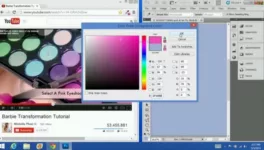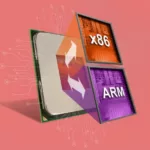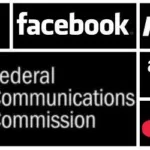This is either a genius move or yet another indication of how the world of makers, and DIY tech enthusiasts is going to reshape our preceptions of manufacturing. Mink was a highlight at the Disrupt Conference.
Invented by Harvard Business School graduate Grace Choi, Mink let’s you find a color anywhere on the web, match it to a digital palette and “3D print” makeup. Essentially, most make-up is made of the same set of core materials that can be mixed to create eyeliner, eyeshadow and other stuff that some people feel compelled to slather on their faces.
Choi’s not coy about wanting to do away with the notion that expensive brands deliver added value, but at the same time she is only targeting 13-21 year old females at this point acknowledging that her demographic is probably not ready, able, or willing to pay for brand name cosmetics anyhow.
So, is this a great new technology that has mass appeal or a novelty way for young women to play make-up?
Strictly speaking, this is less about 3D printing and more about leveraging inkjet printing technologies to create a mixing engine for make-up substrates. Smart, ingenious but not necessarily a high barrier to entry for anyone wanting to compete.
But Choi does hit on a couple of disruption buzz points: younger generation that needs instant gratification, the tyranny of brands, and the need of a generation for very personalized experiences built around technology.
Nevertheless, there is no doubt that 3D printing and DIY tech, in general, are enormous trending opportunities for entrepreneurs. They combine the best of web application with real product creation and offline services. In the coming years, the 3D printer may be no more of a luxury than the laser printer was in the past.








